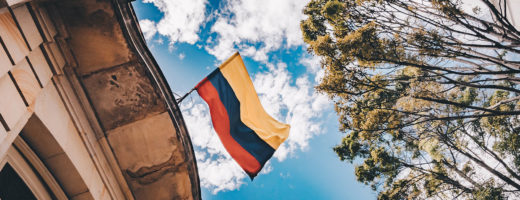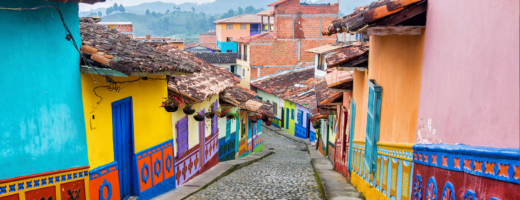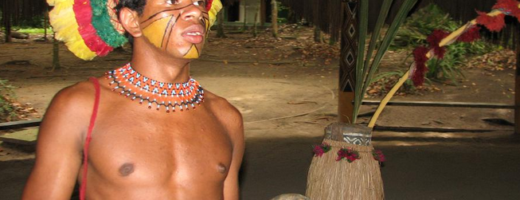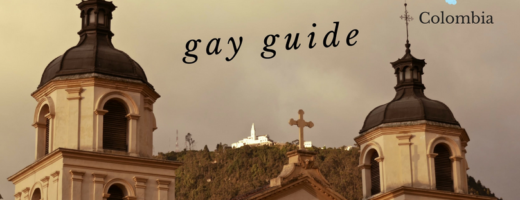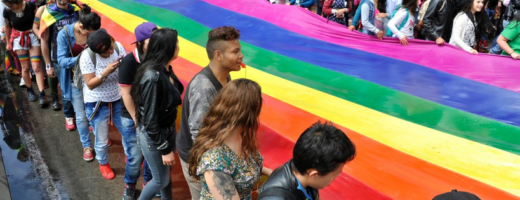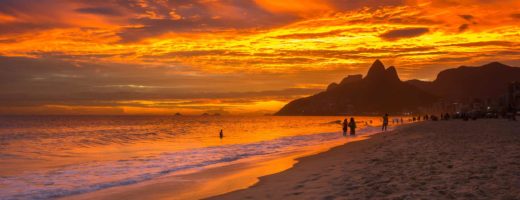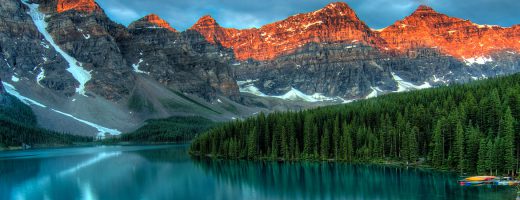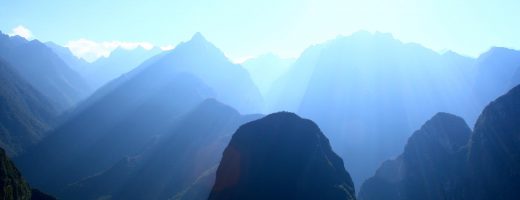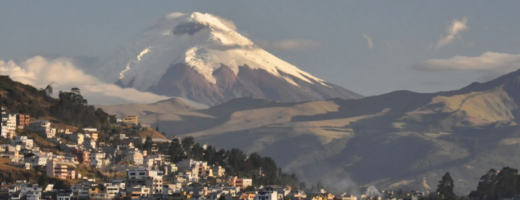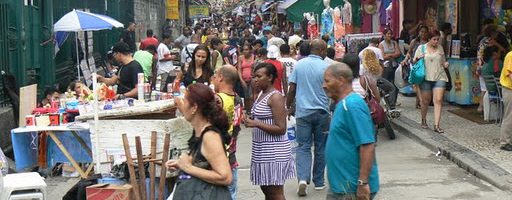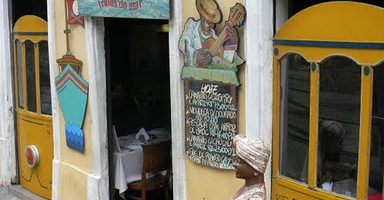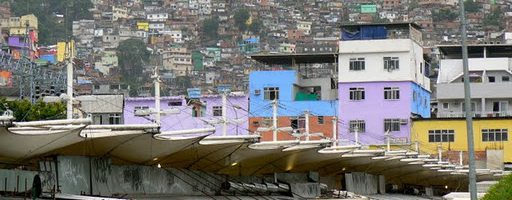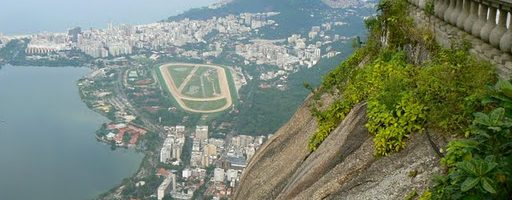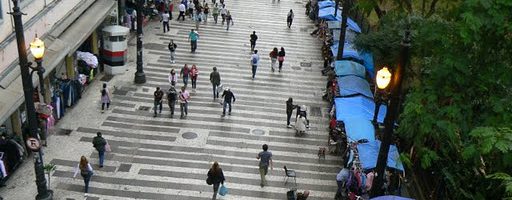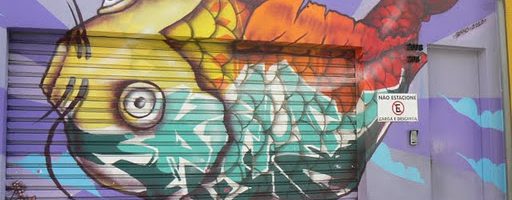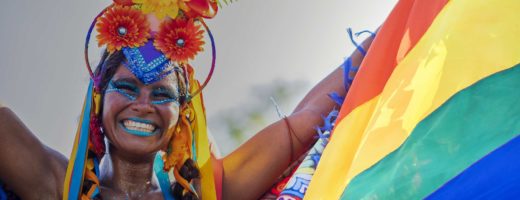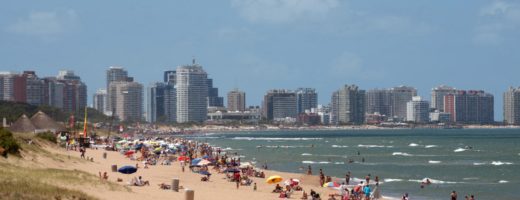Homosexuality has never been punishable since Venezuelan independence, except under the “Vagrants and Thugs’ law” (Ley de vagos y maleantes) (pre-criminal behavior laws as in place in Europe and Latin America during the 20th century). In Venezuela, contrary to Spain, this law did not refer expressly to homosexuals. However, it was occasionally applied to homosexuals and transgender individuals engaged in prostitution, as well as sex workers in general as reported by Amnesty International. People submitted to this law by “administrative measures” could be placed under “re-educational programs” in special “confinement places” without trial, as has also happened in many other countries, including Spain.[1] This law was declared unconstitutional by the former Supreme Court of Justice in 1997.[2] The universal age of consent is equal at 16.[3] Wiki
Colombia: Bogota, Botero Art Gallery
Fernando Botero is a world famous artist with his own museum.
Gay Life in Colombia 2018
In Colombia most of the changes for LGBT citizens have happened within just the past decade. In 2016, Colombia became the 24th country in the world to allow full marriage equality and in recent years has put in place laws allowing same-sex adoption and anti-discrimination protections. This would appear to be the start of a upbeat story about LGBT life Gay Colombia. But looking and reading more deeply about this country that has only recently escaped fifty years of internecine civil war a mixed picture comes into focus intertwining sad and hopeful news.
Gay life in Colombia-Ancient and Modern
In 2016, despite great odds against the dominant Catholic tradition, Colombia became the 24th country in the world to allow full marriage equality. It was not a happy day for priests and their fervent followers but a joyous one for LGBT citizens.
Being Gay in Rural Colombia
Being gay in rural Colombia is legal as well as gay marriage. But macho homophobia is still deep in the culture so LGBT people have to act with discretion. There are activist organizations that continue to advocate against homophobia and strive for social equality. There are colorful Gay Pride parades and festivals every summer.
Colombia Gays Continue to Win Rights
Homosexuality has been legal since 1980. Same-sex marriage was approved in Colombia on 28 April 2016, when the Constitutional Court of Colombia ruled 6-3 vote that same-sex marriage was permissible under the Constitution. Acting immediately after the ruling the first same-sex marriage was performed in the country. Since 2007 the country has recognized same-sex unions as a viable condition.
Gay Brazil 2011
Brazil is a huge place with many faces to its LGBT scene scattered over thousands of miles. My trip this time included Sao Paulo, Rio de Janeiro, Iguaca Falls, Florianopolis and the city of Curitiba–more than enough for three weeks. Gay marriage was approved in June 2013.
Gay Life in Guyana (South America)
Intro: a summary story about a small unusual country in South America that is culturally and historically not part of the continent. It is considered to be a Caribbean country yet is geographically part of the mainland of South America. It is mostly jungle with a thin veneer of development along the Atlantic coast.
Guyana Resists Efforts to Repeal Anti-LGBTI Laws
Despite efforts by the UN and western countries urging Guyana to discard colonial-era British laws that criminalize homosexual behavior, the country has resisted modernizing its laws to align with more than 125 countries that do not have such laws. Although there has been free and unfettered freedom of expression (including tiny gay pride rallies),
Gay Life in French Guiana/Guyane (South America)–Fragments
French Guiana, officially called simply Guiana, is an overseas department and region of France, on the north Atlantic coast of South America. It borders Brazil to the east and south, and Suriname to the west. Its 83,534 km² area has a very low population density of only 3 inhabitants per km². The total population
Gay Peru: Different Definitions of Gay
Intro: From the Pacific to the Andes, Peruvian culture spans many civilizations across beautifully rugged terrain. It also contains different views of homosexuality. In Peru, sexual labels vary with an individual’s behavior and self-definition. Meanwhile the gay ‘scene’ in Lima has become quietly lively.
Gay Life in Ecuador
Ecuador has undergone a remarkable transformation in the last few years. On 10th August 1998 the constitution of Ecuador was reformed to “recognise the equality of all before the law without discrimination against age, sex, ethnic orgin, colour, religion, political affiliation, economic position, sexual orientation, state of health, incapacity, or difference of any kind.” There are now active LGBT ‘scenes’ in several cities, mainly in Quitos and Guayaquil but Hispanic machismo runs deep in the culture and homosexuality continues to be viewed negatively in general.
Brazil – Rio City Centro 2
Downtown Centro Rio is inland from the beaches. It is the heart of the city where financial, legislative and political offices are located. These include Brazil’s first state-supported LGBT agencies that were set up to counter homophobia in the city–‘Rio Sem Homophobia’. Their offices take up a whole floor of City Hall. Centro also includes
Brazil – Rio City – Centro and Santa Terese Areas
Santa Teresa is the name of an uphill neighborhood above Rio Centro on Santa Teresa hill. It’s famous for its winding, narrow streets along which ‘upscale slums’ are mixed with middle-class houses and artist studios. Among the buildings are some elegant mansions left over from the more opulent 19th century. In 1896, the Carioca Aqueduct,
Brazil: Rio de Janeiro Rocinha Slum
Rocinha is the largest slum (favela) area in Rio. It’s situated on the hills behind the city with panoramic views of the mountains and ocean. The people are generally poor but life in the favela teems with energy, enterprise, domestic activity, artwork, music (we encountered a spontaneous dance performance by a 9 year-old), day care
Brazil – Rio – Trip to Christo Redentor Mountain
Christ the Redeemer is a statue of Jesus Christ on Corcovado mountain in the Tijuca Forest National Park overlooking the city. It is 39.6 metres (130 ft) tall and 30 metres (98 ft) wide. The statue has become an icon of Rio and Brazil. It is made of reinforced concrete and soapstone, and was constructed
Brazil: Rio – Copacabana and Ipanema Beach Areas
Ipanema Beach and Copacabana Beach are a paradise for people watching, sunbathing and socializing. On weekends the avenues along the beaches are closed to traffic and they become great long promenades of people dressed in every manner of attire–including uninhibited men and women dressed in tiny swimsuits. The atmosphere is mellow, respectful, playful and friendly
Brazil – Sao Paulo City Scenes
With over 20 million people in the metropolitan area, São Paulo is the largest city in Brazil, the largest city in the western and southern hemisphere, and the world’s seventh largest city by population.
Brazil – Sao Paulo – Paulista/Caneca Area
Sao Paulo has significant influence nationally and internationally, in terms of culture, economy and politics. It houses several important monuments, parks and museums. It is also home to the world’s largest gay Pride Parade that happens every June (separately from Carnival in February). A recent parade attracted about 3 million people. The Paulista-Caneca area is
Gay Brazil 2011–An Enormous Community
Brazil is a dazzle. Every aspect of this huge country overwhelms, challenges, stimulates or puzzles the first time visitor, which I am. I came for three full weeks and each day has been a unique chapter in my memory book–even just driving a car on the main highways here. Brazil decided decades ago, unfortunately, to
A Gay Man Shares His Experience
Intro: Homosexual men in Guyana are still finding it difficult to live free from discrimination and harassment in the capital of Guyana. Ignorance and bullying are common experiences for anyone perceived to be gay. From: CaribWorldNews December 1, 2010 By Elan Era John, Panos Global AIDS Programme Georgetown, Guyana Homosexual men in Guyana
Getting Things Straight–Gay Rights in Uruguay
Intro: Guest writer Jane McDevitt reviews the recent past and hopeful future for unmarried and LGBT couples in Uruguay under the new President Mujica. Uruguay was the first Latin American country to allow same-sex civil unions so human rights groups are eager to see what direction the new leader will take. His publicised liberal political
Gay Life in Salvador, Brazil
Intro: A guest author from Holland leaps across the Atlantic to far off Salvador city in Brazil where he finds sunshine, passion and willing companions to share languid days and steamy nights. He offers useful insights on realities of money, prostitution, LGBT venues, lesbians and pro-gay laws.
Gay Brazil
Homosexuality in Brazil: Two Stories
(1) A long candid talk with author James N. Green who wrote Beyond Carnival,–“a story of how gays found a way to survive in a society laced with petty prejudices, stereotypes, and violence. In the midst of it all, they managed to create lives for themselves that were full of passion, pain, love, happiness, and a bit of drama.”
(2) This is followed by personal comments by a native gay Brazilian who says “The laws here are very fair towards gays… gays and straights live freely with each other.”
Peru – Lima City and Lake Titicaca
Peruvian territory was home to the ancient Norte Chico civilization, one of the oldest in the world, and to the Inca Empire, the largest state in Pre-Columbian America. The Spanish Empire conquered the region in the 16th century and established a Viceroyalty, which included most of its South American colonies. After achieving independence in 1821,


